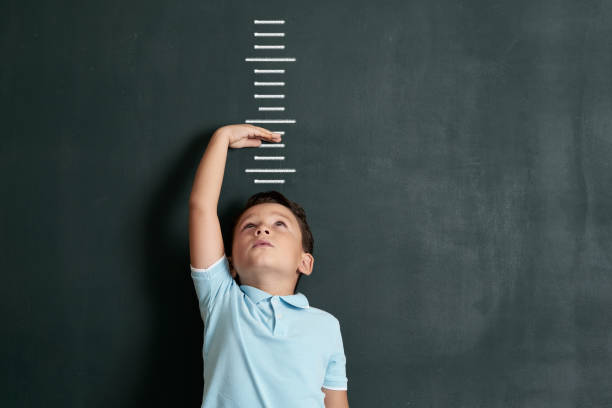Important Details in Your Child’s Development
1- Children at this age (0-3 years old) learn through concrete and real examples. They are just beginning to learn abstract concepts and cannot understand them yet. Therefore, the more lively, real and tangible objects you teach, the easier they will internalize the teaching. When you compare your two-year-old child with his infancy days, you may see that he has grown a lot, but remember that he is still a small child and is just learning many things. He is still at the level of unconscious learning and can only learn with concrete, that is, real materials. We have to wait at least another year for abstract teachings and real daydreaming. In fact, the main development of children in these areas takes place after the age of six. Therefore, we will once again recommend that you benefit from concrete examples and real materials as much as possible in your teachings. Let’s try to explain the concrete and the abstract as follows: It is an abstract expression to tell your child what an orange is without showing the orange, as “an orange is a fruit with an orange peel”, and it is an abstract expression. is too much. However, giving the orange to your child and letting him/her examine it, smell it, peel it, show its inside, have it tasted and at the same time look at it, it’s “orange”, its color is “orange”, “hmm, it tastes very good” etc. Complementing these teachings with definitions such as allows your child to get to know the orange in a real tangible way and has the opportunity to match what the definitions belong to. Since our children still learn most with their senses during these periods, using real materials in your teachings as much as possible contributes to your child’s learning with all their senses.
2- In this period, children are more likely to ask “what?” They try to understand the answer to the question. They constantly ask for the names of objects and people. The best thing you can do is to answer this question with simple words without getting tired of it; to help him/her understand by using visual or body language if possible. During this period, your child’s cognitive development takes place rapidly, and getting clear answers to such questions will not only support this development, but also increase his curiosity about his environment and his desire to explore.
3- Thought processes of two-year-old children are developing, but they still have not become systematic.
4- From the age of two onwards, “animism”, that is, vitality, is seen in children. He thinks that everything that moves is alive. For example, he may think that the flower he plucked hurts. This feature will continue to take different forms in the coming years.
5- Again, as of two years of age, artificalism (artificialism) feature can be seen in children. In other words, they may think that everything in nature is made by humans. For example, a child who sees a mountain for the first time might say, “My father did it”.
Therefore, it is important to consider these aspects in the games you will construct with your child and to empathize while responding to some of the things he says.
When we look at their cognitive development, your child between the ages of 2-3:
-Uses symbols to think and communicate.
-Can use symbolic representations of the world such as play and imitation. It lingers in symbolic play and can represent one thing with another.
-Begins to understand the relationship between a symbol and the object it represents.
-He now knows his name completely.
-Now he has started to recognize himself in photography. He can also usually identify other people he knows in photographs.
-He enjoys looking at picture books. Begins to pay attention to very fine details in picture books.
-He can see even very small toys at a distance of 3 m and can recognize and name them.
-He talks to himself while playing, but most of his speech is still incomprehensible to others.
-Accompanies children’s poems and songs; He can sing some simple songs himself.
-Can follow simple instructions.
-It shows the mouth, nose, chin, eyes and hands correctly when requested.
-When both eyes are closed separately, they can pick up small objects on the ground.
-Enters the world of abstract concepts with small steps. For example, he began to understand abstract concepts such as “sameness” and “difference”.
